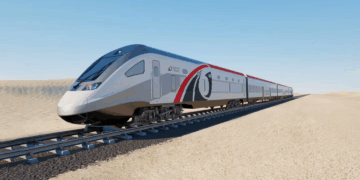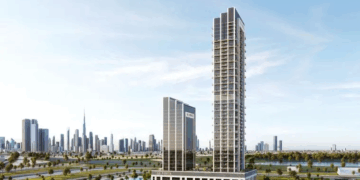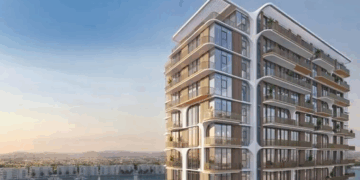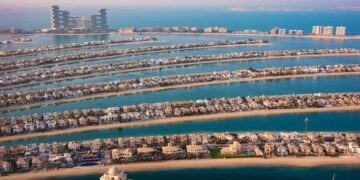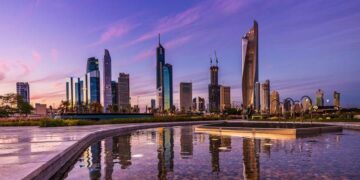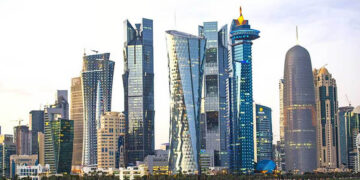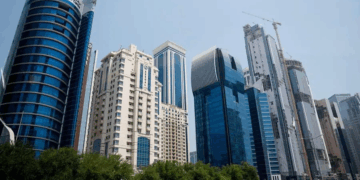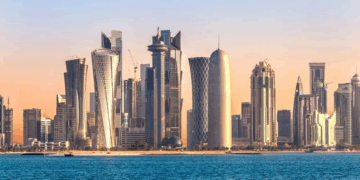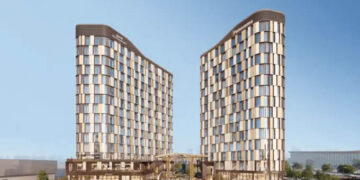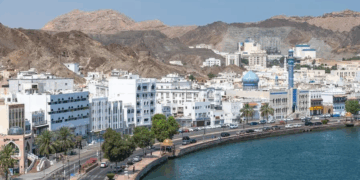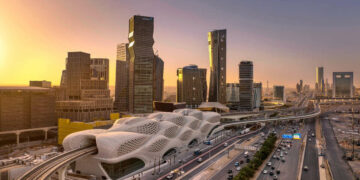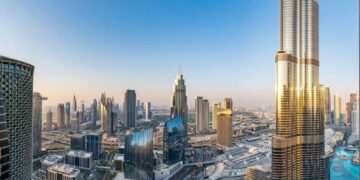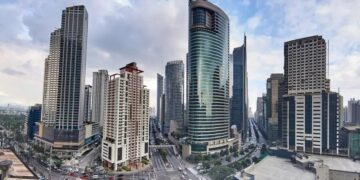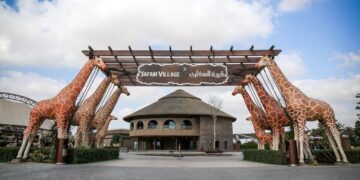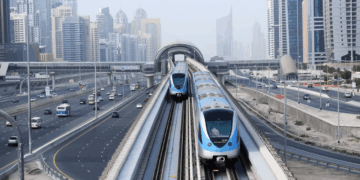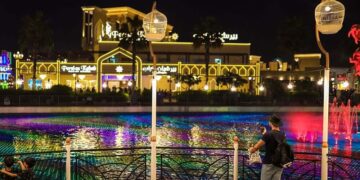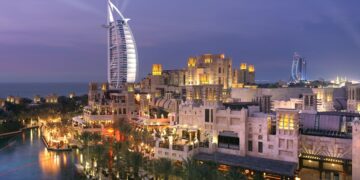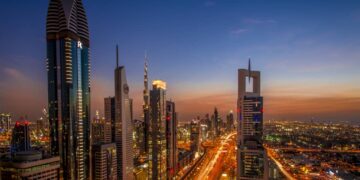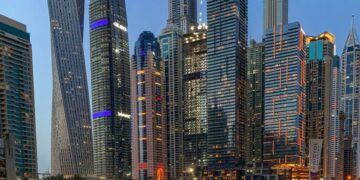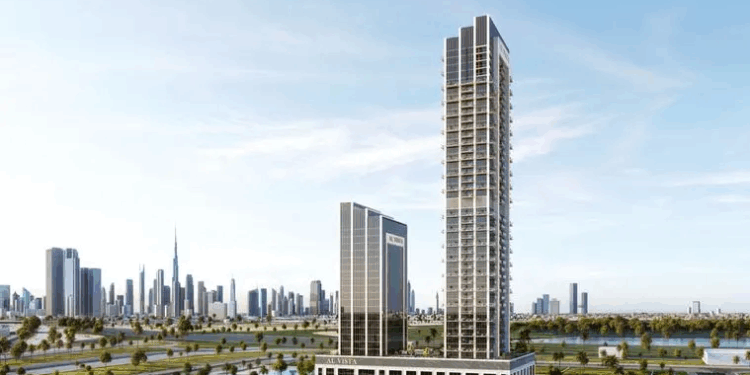Years before the first passengers board, the $13 billion national railway project in the United Arab Emirates, Etihad Rail, is already changing the real estate market.
Developers and economists predict a 20% increase in rentals and a 30% increase in residential and commercial property prices along the route.
11 communities from Fujairah to the Saudi border will be connected by the 1,200-kilometer network, which is scheduled to begin commercial operations in 2026. Experts refer to it as a “map of opportunities” rather than merely transportation infrastructure, with stations anticipated to serve as focal points for mixed-use projects.
Change is already apparent. Plots are being held onto by landowners close to future stations in anticipation of greater values. Developers are looking for potential locations for logistics, retail, and housing projects.
“Etihad Rail is a strategic platform that opens wide horizons for investment, particularly in real estate, logistics, and trade,” said Hamad Al Abbar of LMD, noting its potential to boost overlooked areas such as Al Ain, Fujairah, and Al Dhafra.
Samana Developers’ Imran Farooq referred to the railway as a “game-changer for urban expansion,” citing growing interest from foreign investors. Within five years, he anticipates a 20–30% increase in property values in strategic areas.
Examples from around the world confirm those predictions. While France’s TGV changed demand in secondary cities, Japan’s Shinkansen caused a 40% increase in land values along its path. According to analysts, the UAE may undergo a similar change as a result of its Vision 2040 program.
“The true beneficiaries will be integrated communities near the stations,” said Masoud Al Zarouni of Vision Properties, predicting a surge in mid-market housing demand from professionals seeking affordable homes with fast access to Dubai and Abu Dhabi.
Developers urge investors to move early. “The real opportunities are before full operation begins,” said Firas Al Msaddi of fäm Properties. “It’s not just about higher prices, but faster sales cycles, stronger demand, and a structural shift in how people choose where to live and invest.”
